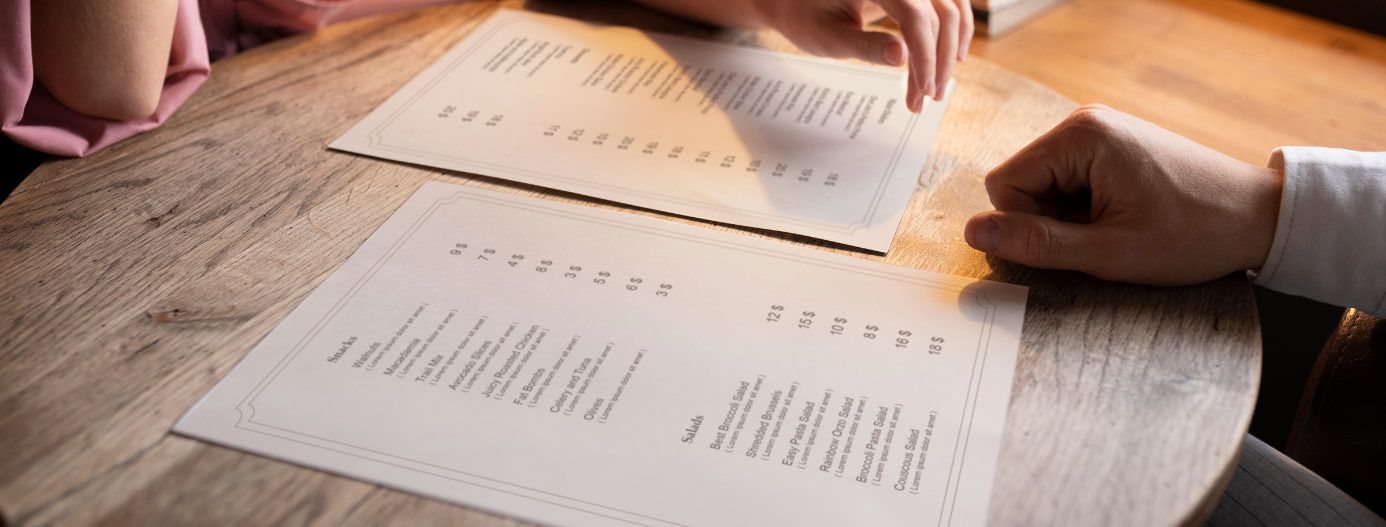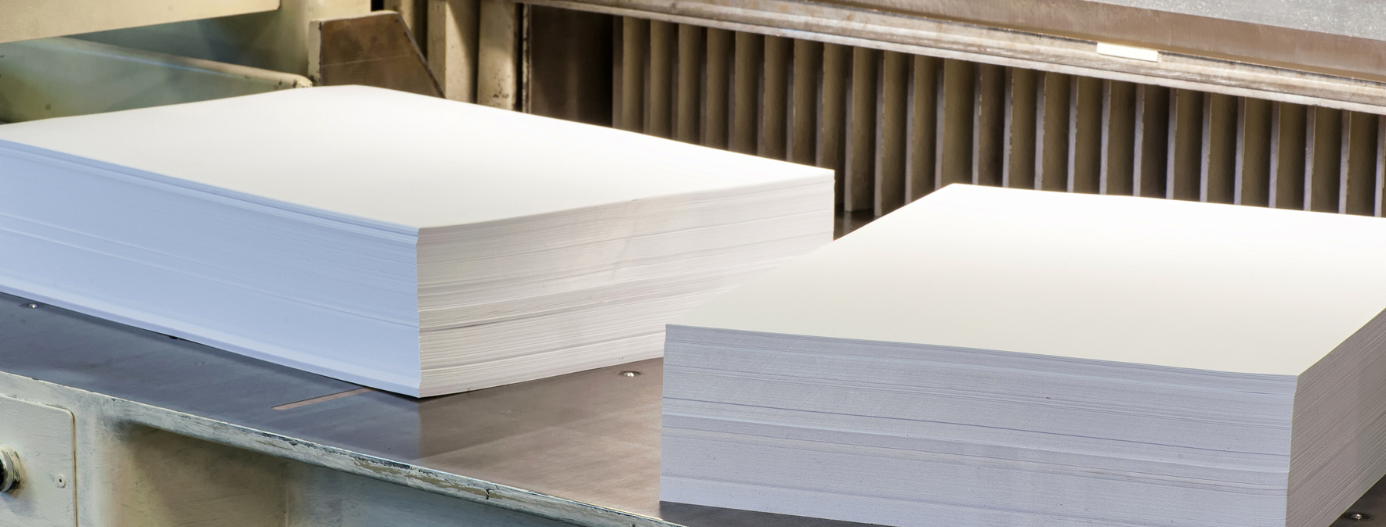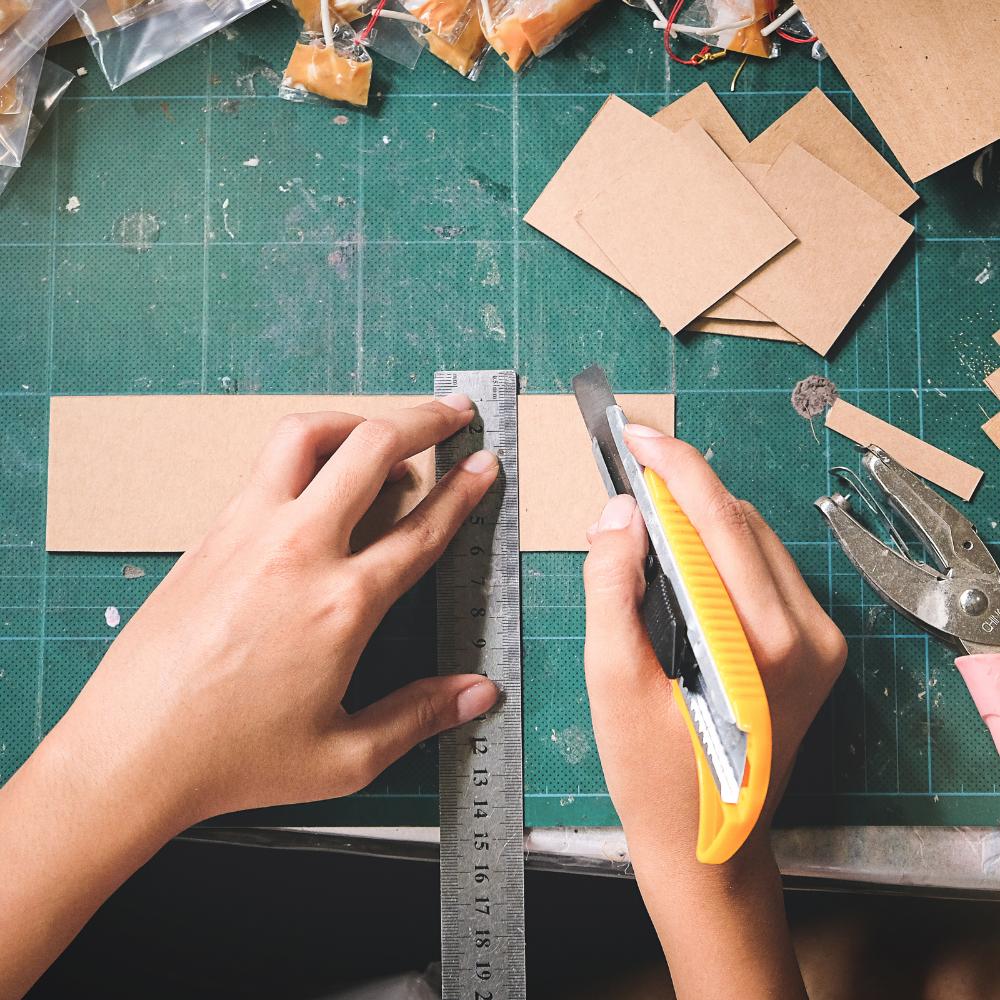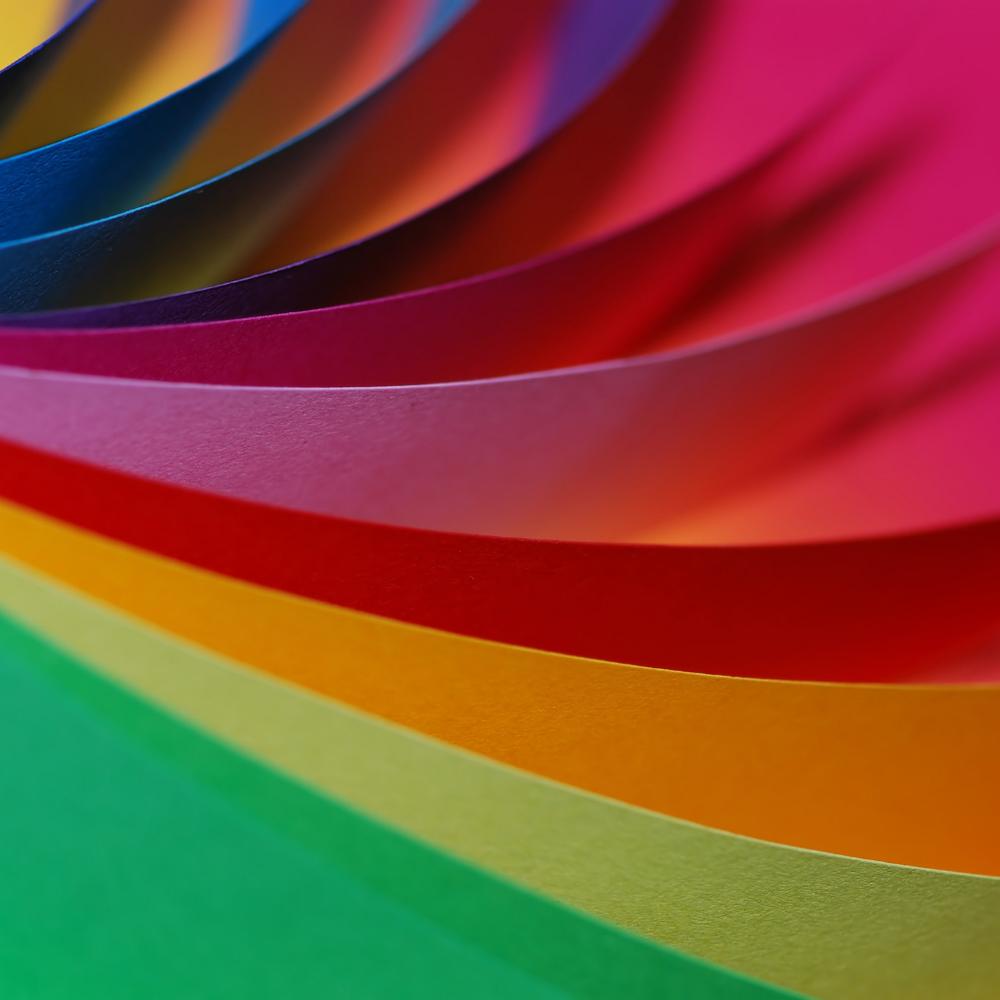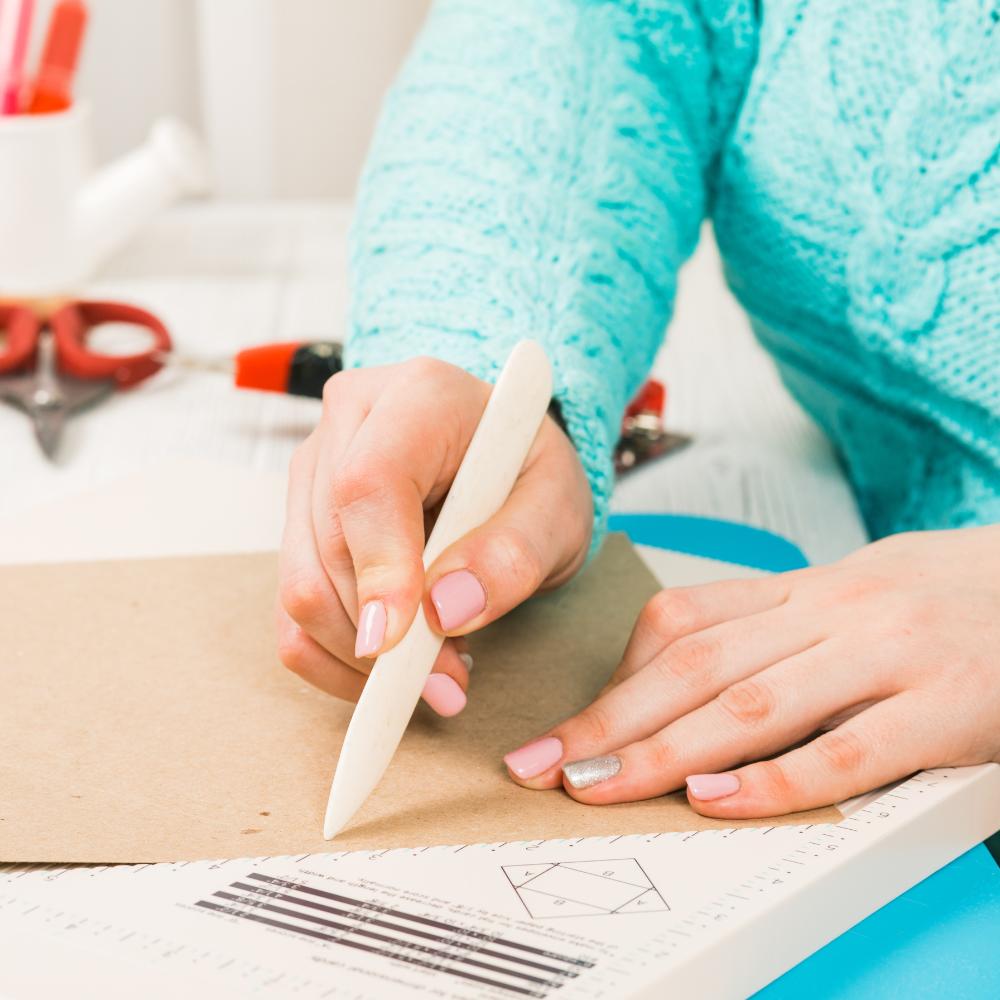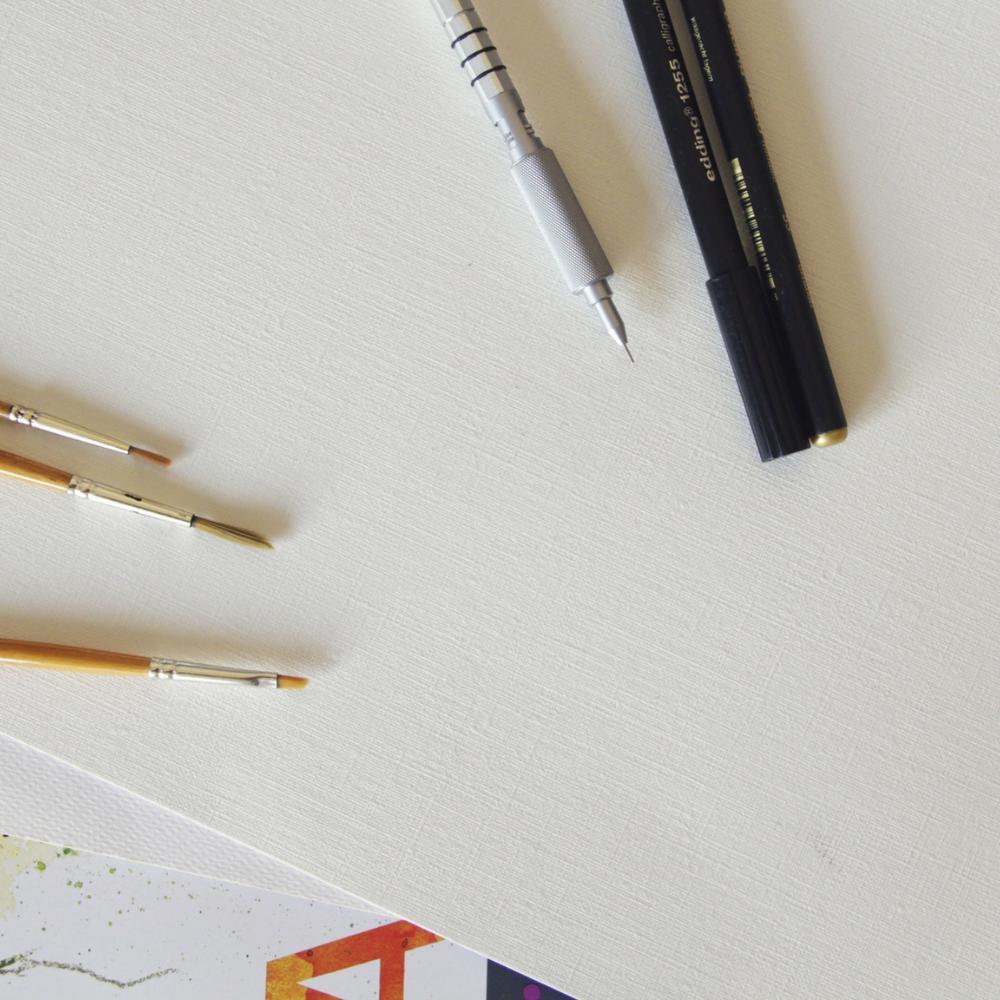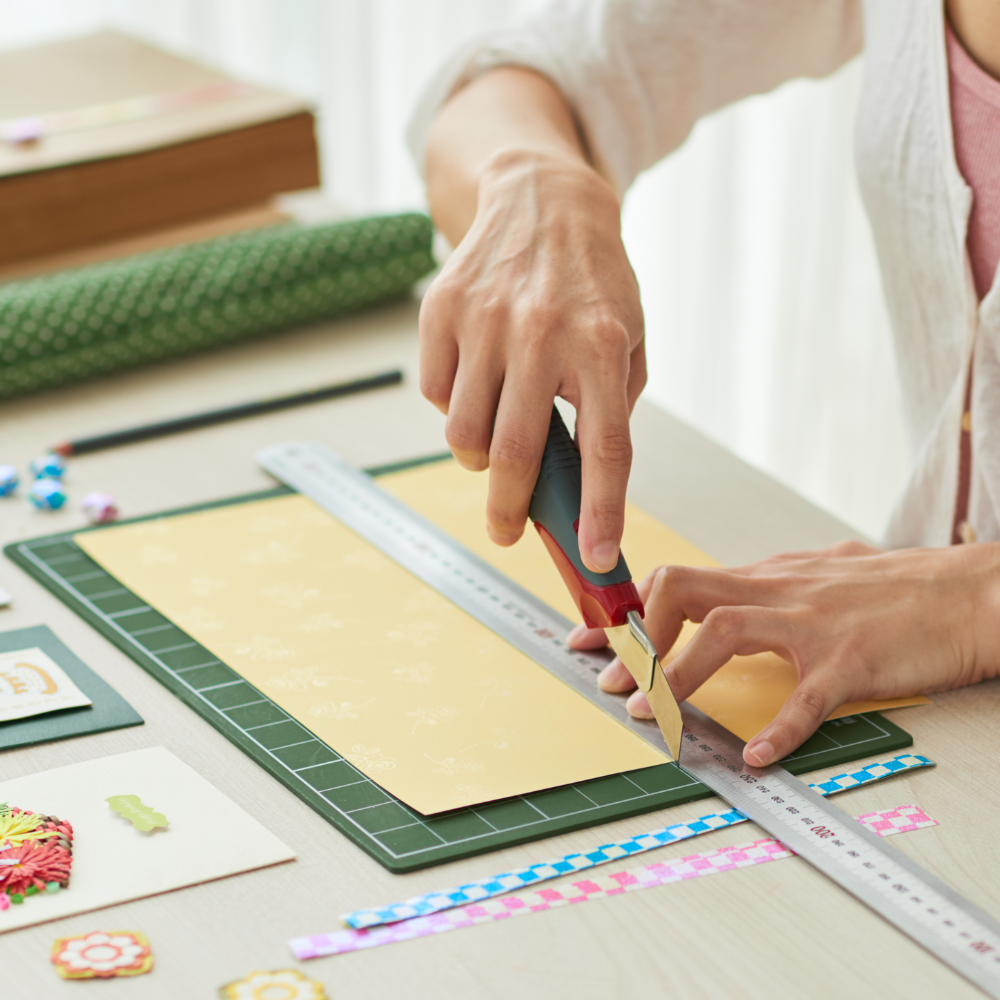Evolution of Paper to Plant Based Paper
Every day, one way or another, you come across something or the other made out of paper. From the box for your moisturizer to parchment paper in the oven and the paper figures or pumpkin lanterns ready for decoration with Halloween.
Do you wonder, how all this paper is technically paper but still looks so different from each other? For example, you may never know that vellum paper isn't just a plastic sheet that looks translucent, or the chipboard can make up the cover for your books or scrapbook as well as support the construction process but in a different thickness.
A few hundred years ago, all these options were not available and paper was exclusively used as a medium to write on. And during that time paper was even made with a different process. At ThunderBolt Paper, we love to explore the many ways paper has evolved over the years and how it is made.
How paper transformed history
One of the first questions that arises when you begin to talk about paper and its endless qualities is - how paper is made?
Most of you will answer wood or trees, and that is correct. But that has not been possible until recently. For many centuries there weren't a lot of surfaces to write information on.
First came the rocks
Yes, when we did not have any way to tell our stories or document important information, humans learned to paint the walls of caves or carve out stones and wood.
Then there was silk
Silk had been used by the elite or the royalty in few parts of the world. But since it was not very easy to handle or affordable for a large-scale use, the need for a surface to write on continued.
The parchment paper was then found
A lot of significant documents in the past including declaration of independence have been written over textured parchment paper. The reason parchment paper was so popular and lasted all these years was because it is made from treated animal skin and stretched into thin sheets.
Plant based paper was then invented
There has been some evidence that the ancient Chinese military was using paper for making maps way before the first noted invention of paper by a court signatory known as Cai Lun from China. He was able to invent paper by using scrap fabric plant fibers inspired by bees and wasps.
The gradual ascent of paper
Initially people were more inclined to wrap precious objects with paper because of it being lighter than bamboo and cheaper than silk. China became the hub of making books and practicing three major arts of calligraphy, painting and poetry.
For a long time the secret of paper manufacturing was kept tightly by the Chinese, but then the art of paper making was brought to Vietnam, Korea and then Japan in the 3rd, 4th and 5th century respectively.
The shift from parchment paper
Even if the paper was travelling from China to the world, it would take another few centuries to reach Europe, since they were heavily reliant on animal skin parchment paper. Only when the commercial class started reading or writing along with meeting accounts, cheaper writing material, that the traditional plant based paper was brought into light.
Of course, then it wasn't easy to continue using animal based parchment paper or silk because of how expensive they are even today.
The introduction of paper to different roles
When paper was beginning to be made from wooden pulp containing cotton rags, there was no need of slaughtering sheep for a book. But the books, scriptures and important documents were still handwritten for many years until a printing press was invented.
More people were able to learn how to read and write because of the availability of cheap paper.
Artists were able to make more art and not continue to paint over the same canvas over and over again.
The paper today
As the printing press was invented, paper became a quintessential part of our lives in the form of books, posters, newspapers, notebooks, wallpaper, canvas or even packaging paper.
Today, the process of making paper has shifted only slightly from the traditional methods that the Chinese invented. They were able to make beautiful textured paper such as linen paper by adding cotton rags and fibers along with wooden pulp.
A lot of paper continues to be made from recycling the paper sourced from consumer waste.
Even though we have come far from the initial people who invented paper, the need for paper isn't going to reduce anytime soon. But we can be mindful of our choices and choose recycled paper to help less paper end up in landfills. And at Thunderbolt Paper, we are appreciative and are always recommending recycling your paper products while choosing recycled products as well.


